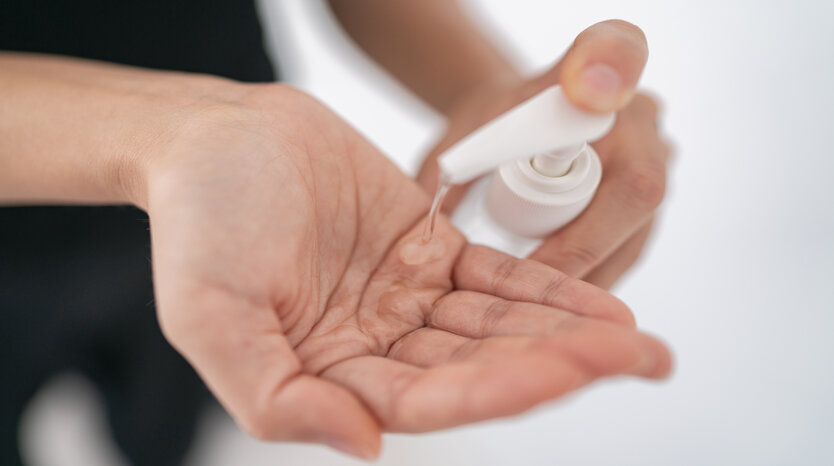9 things you should know about hand sanitiser
With awareness around health and hygiene at an all-time high, hand sanitiser has become increasingly important for people day-to-day. As a result, it’s important to understand some key facts about hand sanitiser to ensure the products are used effectively to maintain good hand hygiene.

- It’s not a substitute for handwashing
Hand sanitisation does not replace washing hands with soap and water entirely. Washing your hands with hot soapy water should be used as the primary method of hand cleaning, supplemented with hand sanitisation when this option is not available.
- It’s best used when you can’t wash your hands
Hand sanitiser should act as a top-up to keep your hands clean when you’re on the go. Therefore hand sanitisation and washing must be used in conjunction to ensure hands are given the best protection at all times. With Zidac’s pocket-sized 50ml hand sanitiser, you can stay protected wherever you are.
- It needs to be applied correctly
Hand sanitiser should be rubbed liberally all over the hands, making sure not to miss between the fingers and the back of the hands. It should then be left to dry rather than rinsing off as you would with soap.
- It shouldn’t be ingested
Although it may seem obvious, hand sanitiser should NOT be ingested. Zidac’s hand sanitiser may work brilliantly on your hands, but if ingested, it could cause health problems. If you ingest any of our products contact a doctor as soon as possible.
- It has to be a certain strength to be effective
Not all hand sanitiser is created equal. An effective formula should contain at least 70% alcohol and will kill up to 99.9% of bacteria. At Zidac, we provide a range of products and even offer hospital-grade protection killing 99.99% of germs and bacteria.
- You shouldn’t make it at home
Most sanitisers have gone through rigorous testing before they’re open for public use. Sanitisers which have gone through testing will have this statement printed on the labels as an indication of its quality and authenticity. It’s for this reason that homemade sanitisers are not advised, as their effects on the body will not have been tested.
- Household disinfectants are not a substitute for sanitiser
Hand sanitisers are tested and fit for purpose, whereas household disinfectants are NOT. Household disinfectants often contain dangerous chemicals which are not designed for human contact, so you risk causing unnecessary health problems by using them.
- Sanitiser doesn’t remove dirt and grease from hands
Although it’s great for removing germs and bacteria, hand sanitiser struggles to remove visible dirt or grime. Hands that are covered in grease from cooking or dirt from gardening, for example, should be washed with hot water and soap.
- Alcohol is an effective ingredient in sanitiser
Many people wonder, what are the ingredients in hand sanitiser? The key ingredient in sanitiser is alcohol. However, alcohol alone can be harsh on the skin, so Zidac products also include aloe vera and glycerine to soothe and moisturise the skin.
With the help of these hand sanitiser facts, you can ensure that the products you are getting are fully-tested and effective at providing superior protection from bacteria and germs.
At Zidac, all of our products meet industry standards and provide the optimum level of protection. See our full range here.


